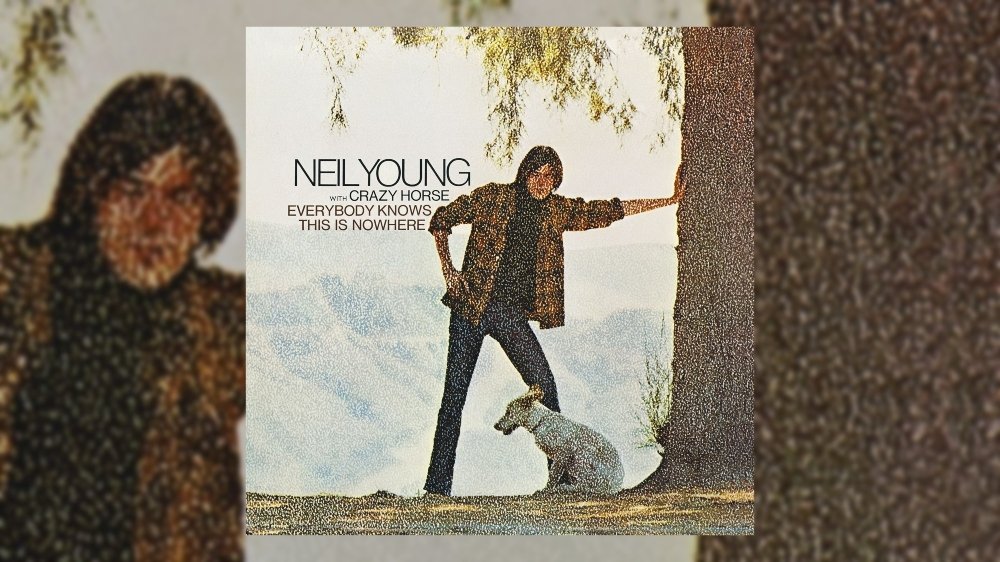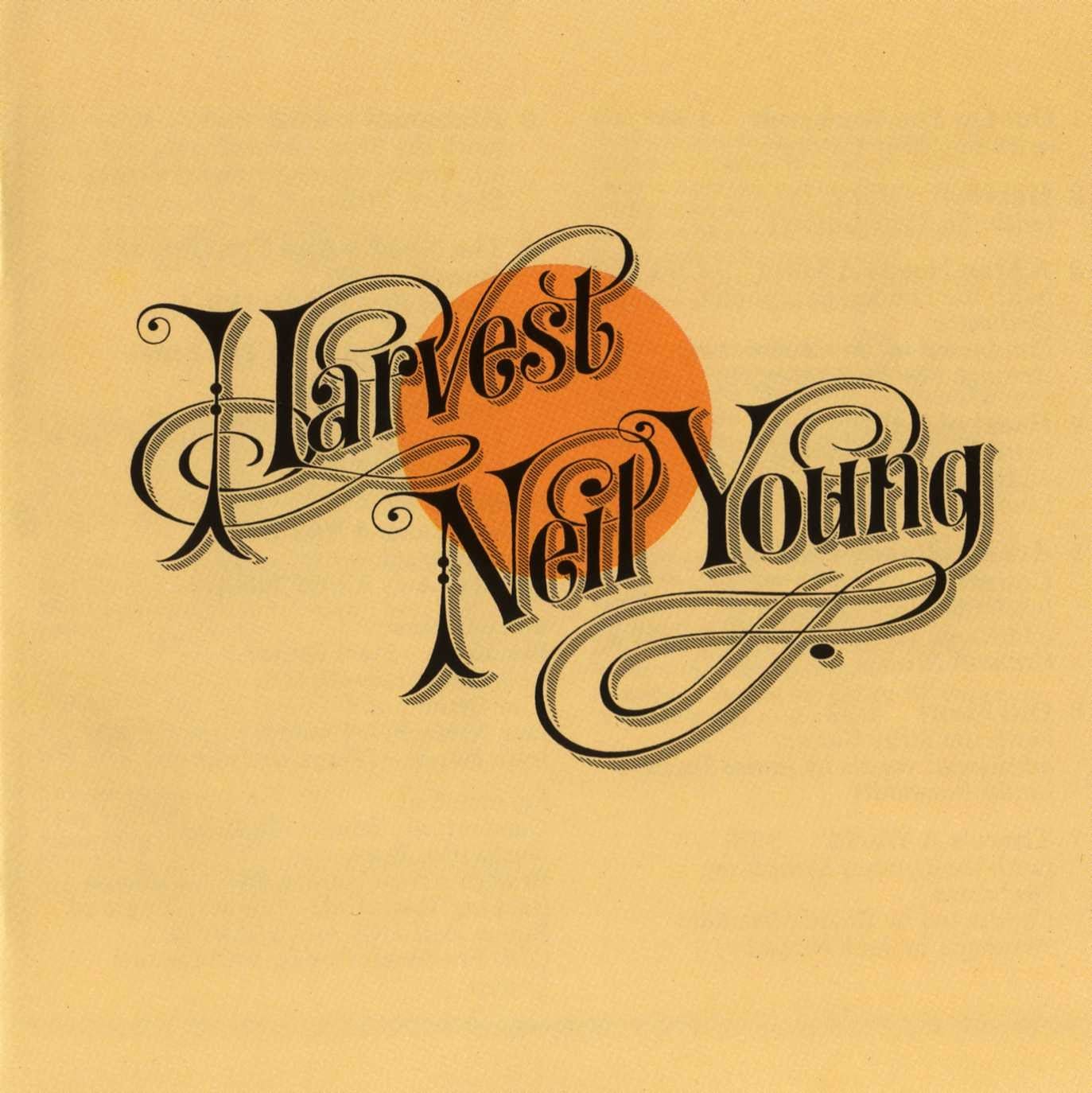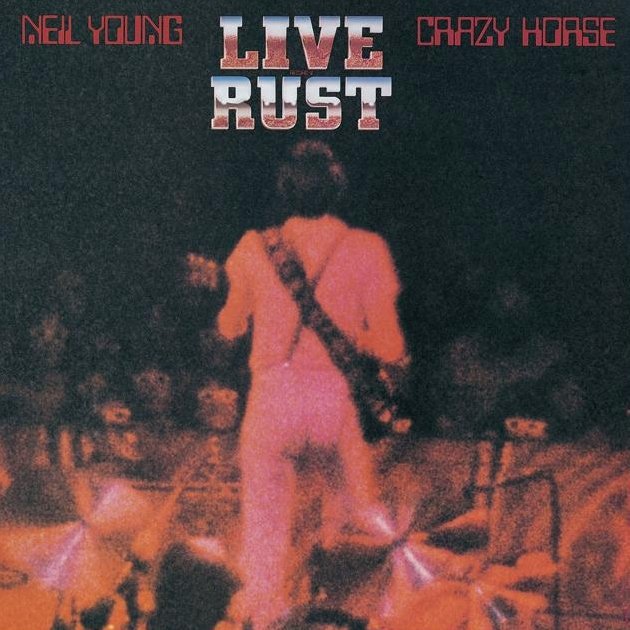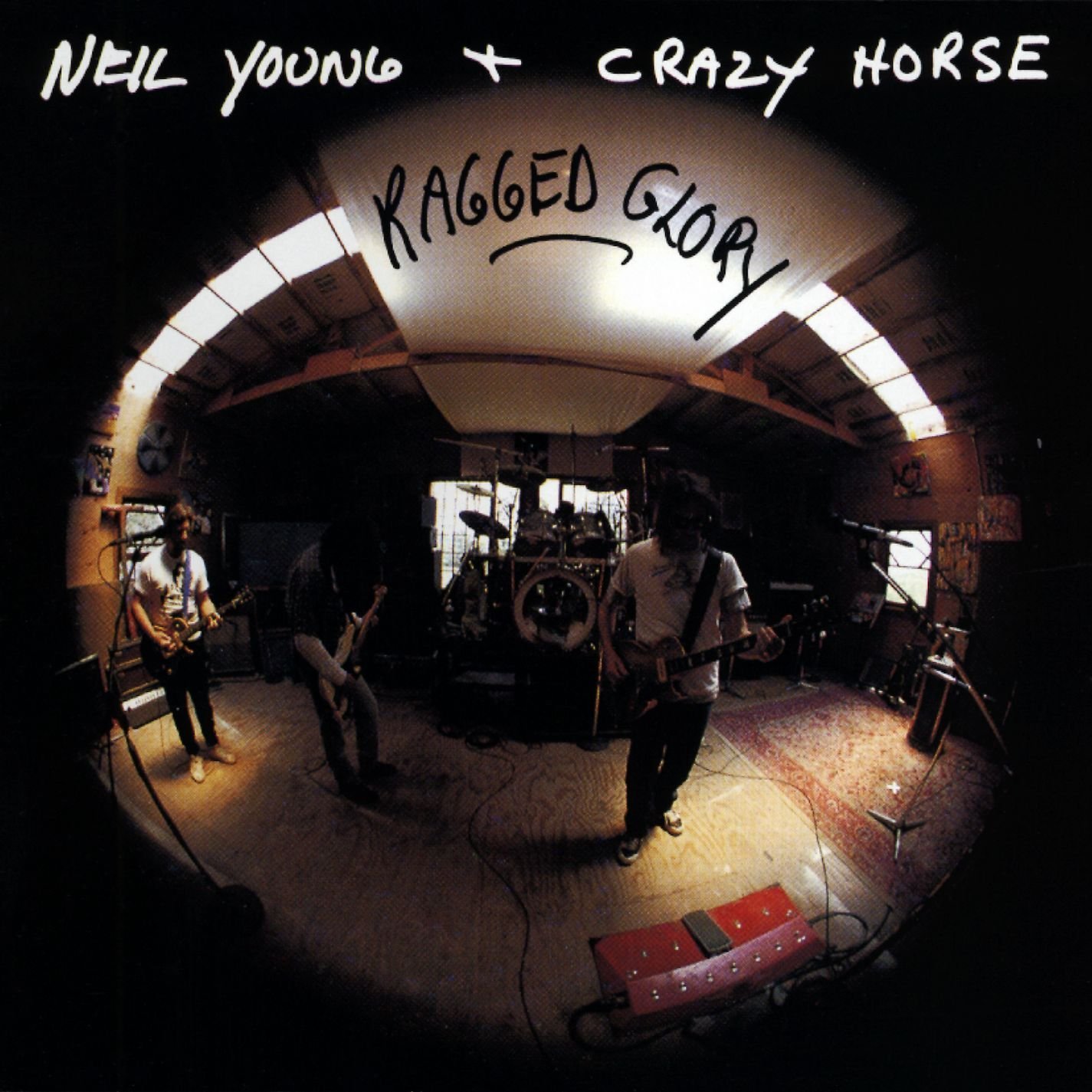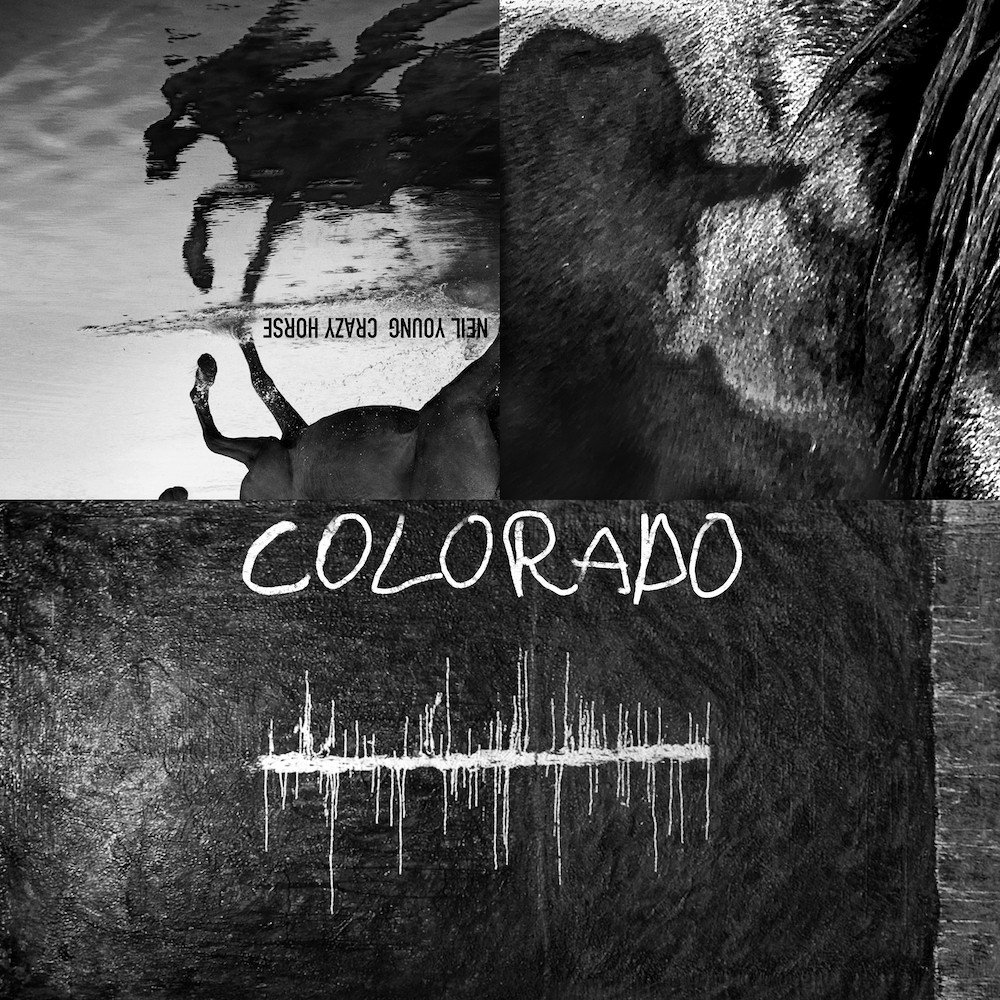Happy 55th Anniversary to Neil Young’s second studio album (and first with Crazy Horse) Everybody Knows This Is Nowhere, originally released May 14, 1969.
Neil Young’s music has been a unique landscape of musical terrain across six decades. His catalog is large and for those unfamiliar, it can loom unapproachable. As with most things, it’s easy to start at the beginning. His 1969 self-titled debut is a bright start—a collection of songs with many colors, shapes, and textures mimicking the geometric, psychedelic portrait of Young on the LP’s cover. If you’re familiar with any other Neil Young, whether or not it’s within the Buffalo Springfield or CSNY universes, listening to it is like reading a beloved author’s lesser known work. It’s not as tight or fully realized, but it provides a groundwork of expectations to launch Neil Young as a solo artist.
He clearly had a lot on his mind as his first two solo records were released in 1969. His sophomore LP and first with his famous backing band Crazy Horse, Everybody Knows This Is Nowhere, turns 55 this week. And more so than his debut, it’s an excellent record to start with for new listeners and great to return to for fans.
With only seven tracks, Everybody Knows only logs forty minutes, but it’s a ripe forty at that. Four of the songs became favorite standards for Young and the band, a practiced group that would play with or without Young for decades. The only two consistent Crazy Horse members, Billy Talbot and Ralph Molina on bass and drums respectively, would share vocal duties with all the other members who came and went through the years, a rotating cast of eleven men.
Crazy Horse fluffs up Everybody Knows This Is Nowhere comparatively to Neil’s self-titled from short stories to a full-fledged novel, replete with characters we’d return to as listeners eager to hear different sides of their stories through different versions and arrangements.
Everybody Knows starts with “Cinnamon Girl,” one of Neil’s most famous tunes. He shares vocal duties with Crazy Horse’s Danny Whitten, whose voice soars higher than Young’s deep range. The familiar greasy riff kicks us into gear with an instant downbeat clap track pushing into Young’s daydream to find a Cinnamon Girl.
The title track has an even more familiar riff instantly reminding you to call home. “I think I’d like to go back home / and take it easy,” Neil sings between punctures and phrases on the guitar. His references to “down here” forever imply he’s talking about Los Angeles, his home away from home, The Great White North of Canada. Born in Toronto, Young spent his youth in Winnipeg, which is also the name of his dog featured on the cover with him.
Listen to the Album:
“Round & Round (It Won’t Be Long)” starts to tease us, slowing down and lasting longer, running nearly six minutes with a round of acoustic guitars between Whitten and Young. Across the LP, they talk like brothers, finishing each other’s sentences. It’s the next track closing out side one, “Down By The River,” where the record truly takes off.
“Be on my side / I’ll be on your side baby / there is no reason for you to hide,” Young sings in a quiver, “it’s so hard for me stayin’ here all alone / when you could be takin’ me for a ride.” And he hangs hard on those last words “takin’ me for a ride,” pulling us into the chorus alongside Billy Talbot’s bewitching bass.
The story follows a shooting down by river. Young has told stories over the years that it’s a metaphor for screwing around on your lover, messing up a good thing, and passion’s ultimate revenge. The lyrics are short and repetitive, but the story is hardly confined because of Crazy Horse.
The album seems to be building up to the ten-minute closer “Cowgirl In The Sand.” It’s the first version of the song that would appear in his live sets, with or without Crazy Horse, for years. Along with “Cinnamon Girl” and “Down By The River,” Young says he wrote the three tracks while stuck in bed with a fever of 103. This blues version is a dark, oily amoeba wiggling in every direction. The first two minutes are a funky jam before Young’s vocals chime right into the title. The drums take unexpected pathways to develop a backbeat allowing Young and Whitten timed to echo a call and response.
At the six-minute mark, their wire strings find the foundation of the whole LP, something for it to stand on and jump off of. Neil Young, to many, is the godfather of grunge who has famously leaned into the feedback on stage. His vibe and output is a form of punk emerging from the desert of Southern California between the darkness of The Doors and sunshine psychedelia of The Beach Boys. When he’s with Crazy Horse, he can play both sides.
Everybody Knows This Is Nowhere shuffles between those two ethos. “Running Dry (Requiem For The Rockets)” is grounded by Bobby Notkoff’s violin, at times sounding like a shrill eulogy. Before they were Crazy Horse, they were The Rockets (but they started out as an a cappella doo-wop group Danny & The Memories). The Rockets were a psychedelic band from Los Angeles who had met Young in his Buffalo Springfield days. Due to Young’s strict practice schedule, the band fell by the wayside and quickly became Neil Young’s Crazy Horse.
Enjoying this article? Click/tap on the album covers to explore more about Neil Young:
“The Losing End (When You’re On)” is more upbeat, contemplating the narrator’s change and the craving for someone else to change with them. It is a record of longing.
Whether it’s the presence of sand, cinnamon, cowgirls, rivers, or the general narrative of nowhere (which is, of course, tied to home), Everybody Knows This Is Nowhere is a portrait of Young’s ability as a folk artist to plug in. The background of course is a swirl of genres, a bumpy yet effortless dive into its creator’s busy mind.
Later in 1969, Young would formally join the trio Crosby, Stills & Nash as a piano player who could also play guitar. CSNY of course would go down in history as one of the most popular supergroups of all time. (The group’s debut LP Déjà Vu would be released in 1970 along with Young’s third solo record After The Gold Rush.)
Culture at large is in the last retrospective year as we reflect on the 55th anniversary of the 1960s and it’s come into focus what a dark time for our country and the world it was. It was a period of unrest, war, violence, and confusion about what was going on and who was in charge, but it also birthed a period of unforgettable rock & roll.
Through it all, it’s Young’s voice making it all memorable and constant. 55 years later, he’s unlike any other singer, songwriter, performer, and activist. Between a whimper and a crass croon, Young is distinct and dissonant, enough to stand out in a moment and also trigger a memory. You never forget Neil Young’s voice: where you were when you first heard it and when you first fell in love with it.
He’s certainly not for everybody but everybody knows him. Young is too large a presence in rock and pop music to ignore. “Everybody Knows This Is Nowhere,” the song and the LP, acts as a double reminder that you can’t go home again but eventually you must.
LISTEN:
Editor's note: this anniversary tribute was originally published in 2019 and has since been edited for accuracy and timeliness.

